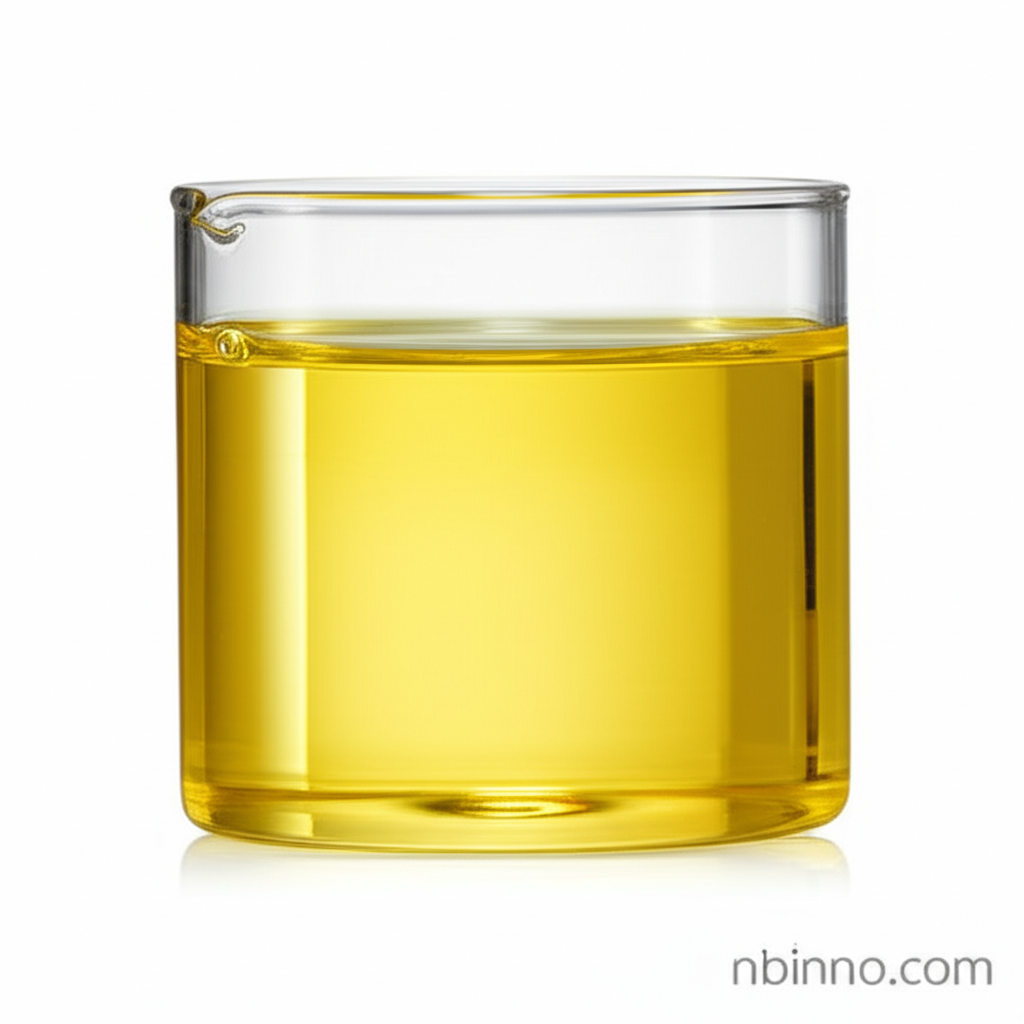2-Bromo-1-chloro-4-(trifluoromethoxy)benzene: Synthesis, Applications, and Chemical Properties
A comprehensive guide to a key trifluoromethoxy aromatic compound for advanced chemical research and development.
Get a Quote & SampleProduct Core Value

2-Bromo-1-chloro-4-(trifluoromethoxy)benzene
This compound is a highly valuable building block in organic synthesis, known for its unique combination of halogen substituents and the electron-withdrawing trifluoromethoxy group. Its specific structural features enable a wide range of chemical transformations, making it indispensable in the creation of complex molecules for various industries.
- A key intermediate for organic synthesis, participating in nucleophilic substitution and cross-coupling reactions, facilitating the introduction of diverse functional groups for complex molecule construction.
- Investigated for its potential medicinal chemistry applications, including antimicrobial properties, with derivatives showing promise in inhibiting pathogens and addressing health challenges.
- Explored for agrochemical formulations, due to its chemical stability and bioactivity, making it a candidate for further research in agricultural chemistry and pest management.
- Offers unique reactivity profiles due to the combined electronic effects of bromine, chlorine, and the trifluoromethoxy group, enabling precise chemical modifications and targeted synthesis.
Advantages Offered
Versatile Synthesis Intermediate
Leverage the compound's reactivity in Suzuki-Miyaura and Buchwald-Hartwig reactions to build intricate molecular architectures, crucial for developing novel pharmaceuticals and materials.
Enhanced Biological Activity Potential
The specific substitution pattern, particularly the trifluoromethoxy group, enhances lipophilicity and metabolic stability, contributing to improved efficacy in potential drug candidates and agrochemicals.
Fine Chemical Precision
Its well-defined chemical properties allow for predictable reactions, supporting efficient and selective synthesis pathways for high-value fine chemicals.
Key Applications
Organic Synthesis
Serves as a crucial building block for synthesizing complex organic molecules, participating in a wide array of transformations including cross-coupling reactions.
Medicinal Chemistry
Investigated for its potential antimicrobial and anticancer properties, offering a foundation for developing new therapeutic agents.
Agrochemical Formulations
Its stability and bioactivity make it a candidate for developing next-generation pesticides, contributing to efficient crop protection.
Material Science
The unique properties conferred by its substituents make it a subject of interest for incorporation into advanced materials with specific functionalities.
